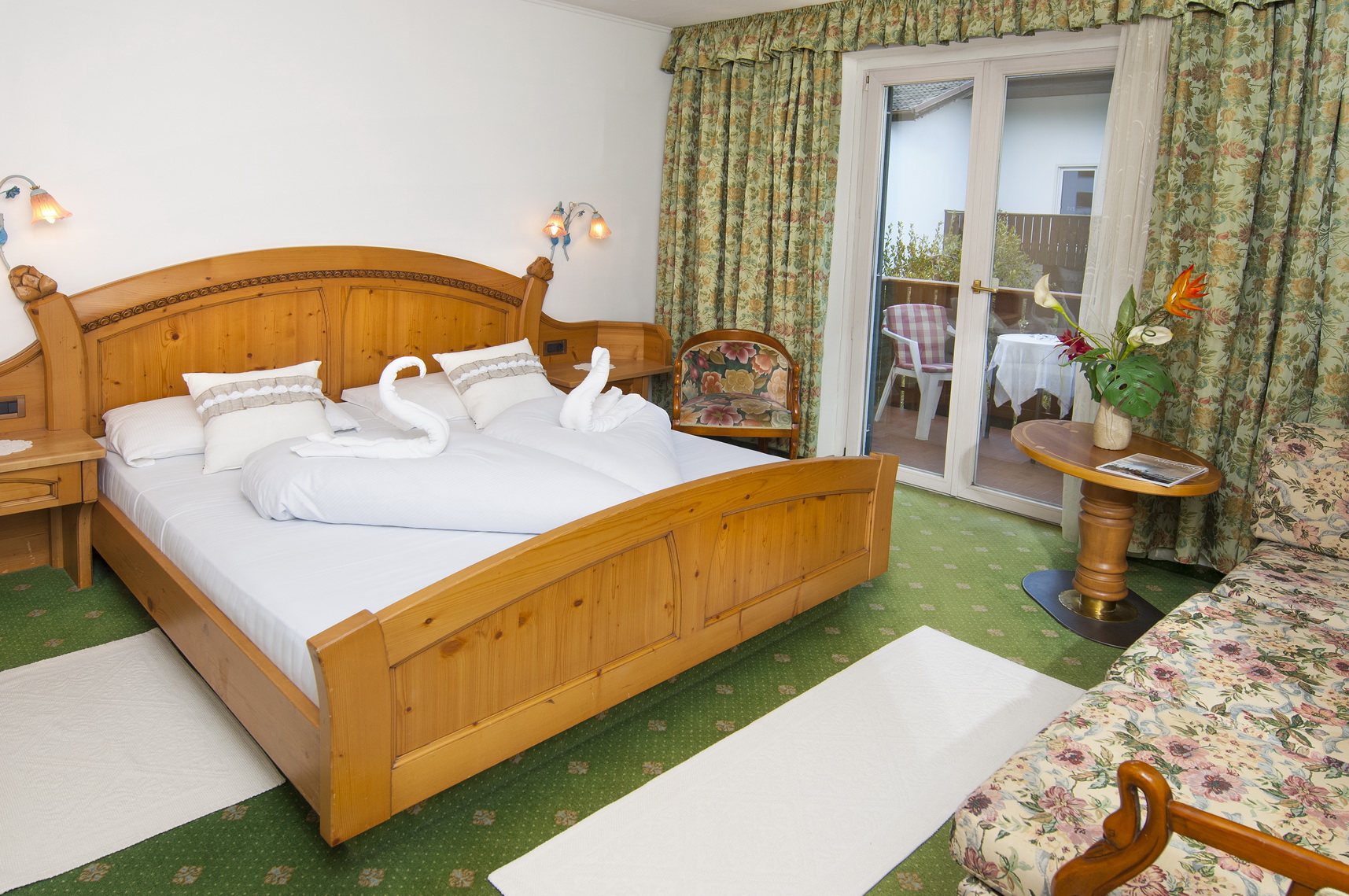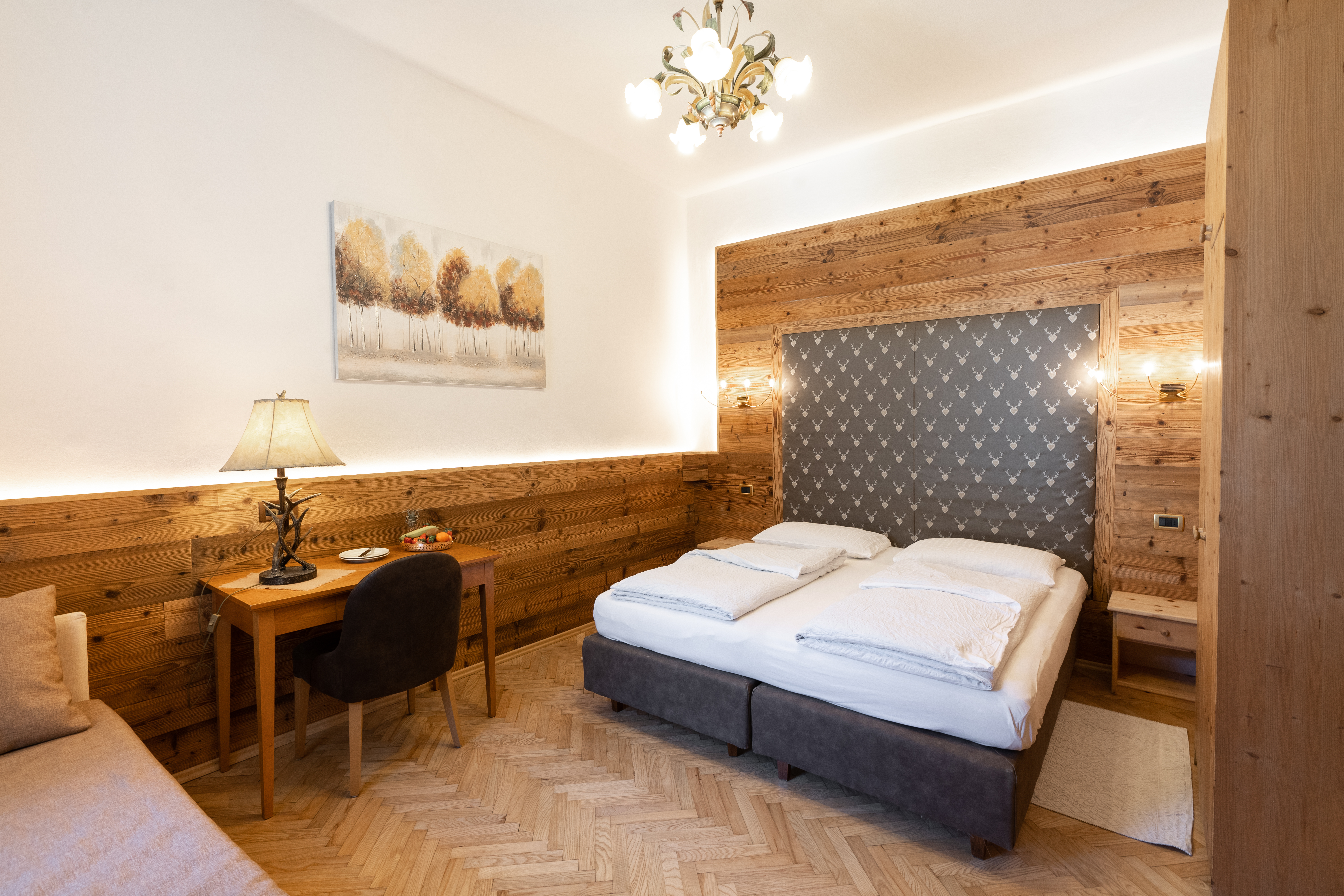Earliest, the prior area of the insula is generally triggered because of the like ( not libido; Cacioppo ainsi que al
Standard Topic And techniques
Anthropologist, Helen Fisher (1998) has suggested that like and you can sexual desire require two functionally separate social-practices systems with line of evolutionary properties and you can neural angles. Consistent with this idea, a recently available fMRI quantitative meta-study demonstrated the fresh employment away from two specific attention countries can help dissociate love out-of desire. , 2012, 2013), whereas the new rear side of the insula is certainly caused by triggered because of the libido (although not like; Cacioppo mais aussi al., 2012). That it posterior-to-anterior insular distinction between sexual desire and you can love is actually accord having a greater concept from mind organization: rear nations get excited about current, concrete sensations, attitude, and you may solutions, whereas anterior countries be a little more employed in apparently conceptual, integrative representations. Second, brand new ventral striatum, a location often proves to be activated for inherently enjoyable such gender and you can food, try specifically a whole lot more triggered for libido, while the newest dorsal area of the striatum, a place active in the process of fortifying wherein something combined with prize otherwise fulfillment are supplied intrinsic worthy of, is far more activated because of the love. So it ventral-to-dorsal dissociation regarding sexual desire to enjoy is during range which have prize theories, and therefore distinguish amongst the some hedonic feel out of prize (i.elizabeth. between “wanting” so you’re able to “liking”; Berridge, 1996) with the “wanting” becoming related to this new operating of your instantaneous reward property value a stimulation through dopaminergic neurotransmission from the ventral striatum (Cacioppo mais aussi al., 2012; Cacioppo & Cacioppo, 2013; Wyvell & Berridge, 2000).
Such sensory dissociations ranging from like and crave advise that those two phenomena will get, consequently, endure separable routines and you may automated attract procedure, toward visual options that come with another person’s human body particularly related to own libido additionally the visual clues away from a person’s mental state (we.elizabeth., sight and you will face) particularly related to own like. Up to now, zero investigation features investigated new differential attention gaze designs an enthusiastic observer exhibits when considering a book personal towards intention otherwise aim of love compared to. lust, although a current creature study of courtship behavior was in line with the theory of libido. Specifically, Yorzinski ainsi que al. (2013) made use of a beneficial miniaturized telemetric gaze-tracker within the easily moving peahens (Pavo cristatus) to analyze visual interest throughout courtship. Performance showed that whenever gazing during the male frontal display, peahens invested far more go out looking at the males’ base, down eyespots, lower fishtails, and you can thicker feathers than level feathers, top eyespots, upper fishtails, head and crest. To check all of our theory into the people, we did one or two tests: 1) you to definitely investigations whether the visual trend pertaining to brand new impression away from romantic love would range from compared to sexual desire (Research 1); and 2) one try fitness singles cena assessment whether or not the visual pattern regarding the phrase regarding personal like carry out change from compared to libido (Data 2). The new personality out-of a distinct artwork development for love compared to. lust (sexual desire) within the humans have theoretic and you can clinical advantages into the people treatment when these two phenomena are difficult so you can disentangle from one other considering patients’ mind-reports otherwise disgusting behavioural observance.
Players
A total of twenty healthy heterosexual college students (13 women, 7 men; mean age: , SD = 3.38 years) participated in Studies 1 and 2. Eighteen of the participants were right-handed and two participants were left-handed (Edinburgh Handedness Inventory, Oldfield, 1971). Three participants chose not to perform Study 2, which occurred a few weeks after Study 1 (see measures section below for details). Sample size was estimated using G*Power (Faul, Erdfelder, Buchner & Lang, 2009), which indicated that 16 participants were required in order to have 95% power to detect a statistically significant difference. The data-collection stopping rule was to recruit at least 16 subjects and to stop by the end of the quarter. All participants were French speakers with normal or corrected-to-normal vision, no medication, no chemical dependency, and no prior or current neurological or symptoms of psychiatric disorders, as ascertained by an anamnesis. The anamnesis (patient’s account of their medical history) also provided insights into the participant’s feelings of nervousness (Zigmond & Snaith, 1983), loneliness (de Grace et al., 1993) and sexual desire (Spector et al., 1996). All participants had scores in the normal range (Manxiety = 8, SD = 4.16; Manxiety = 4, SD = 2.06; Mloneliness = 24, SD = 4.96; Msexual desire into the couples = 50, SD = ; Msingle libido = 15, SD = 8.92). All participants provided written informed consent to participate in the experiments, which were approved by the local Committee for Protection of Human Subjects.

















